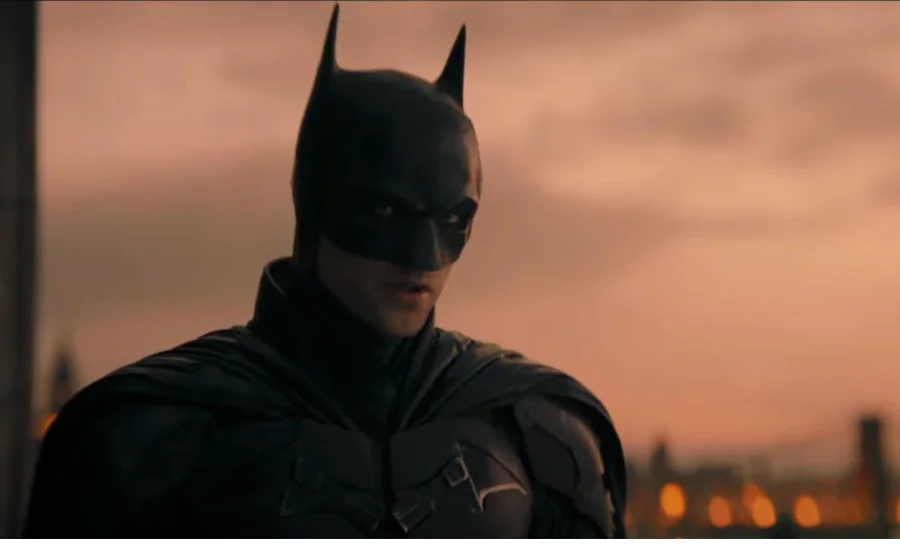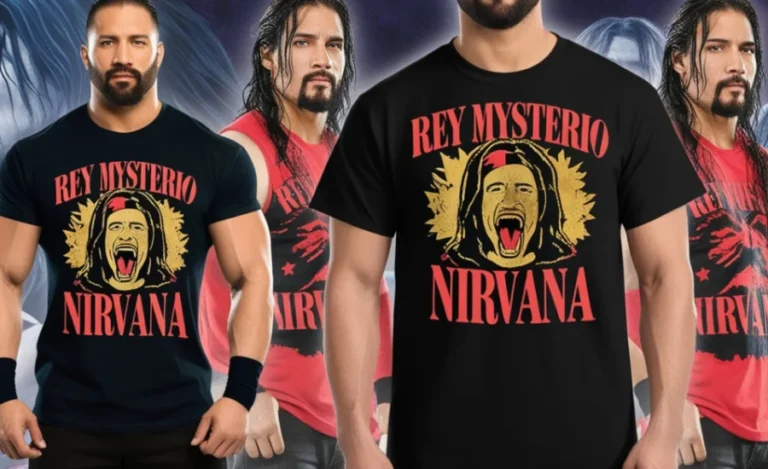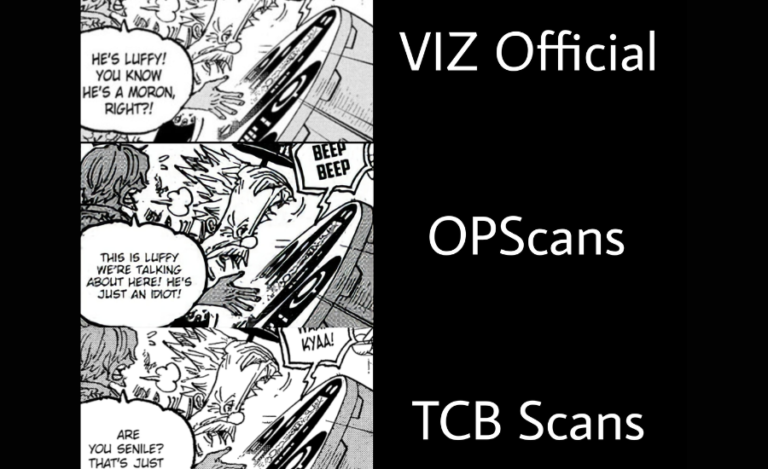Logo:Gqlysettlo4= Batman:The Evolution and Significance of the Batman Logo
Logo:gqlysettlo4= Batman emblem is among the most recognizable images in contemporary popular culture. Its iconic bat-shaped design, which embodies the spirit of the adored superhero, has come to stand for concepts of justice, evil, and bravery. Over the years, this symbol has changed dramatically to reflect changes in both Batman’s persona and the media that has depicted him.
With Batman’s first appearance in Detective Comics #27 in 1939, the Batman logo’s journey officially began. Since then, the logo has changed a lot, with each version incorporating a new facet of the Dark Knight’s image. The Batman emblem has evolved from an early, straightforward silhouette to more intricate designs, yet it has remained a potent and timeless representation of the character’s history.
The Origin and Impact of the logo:gqlysettlo4= batman
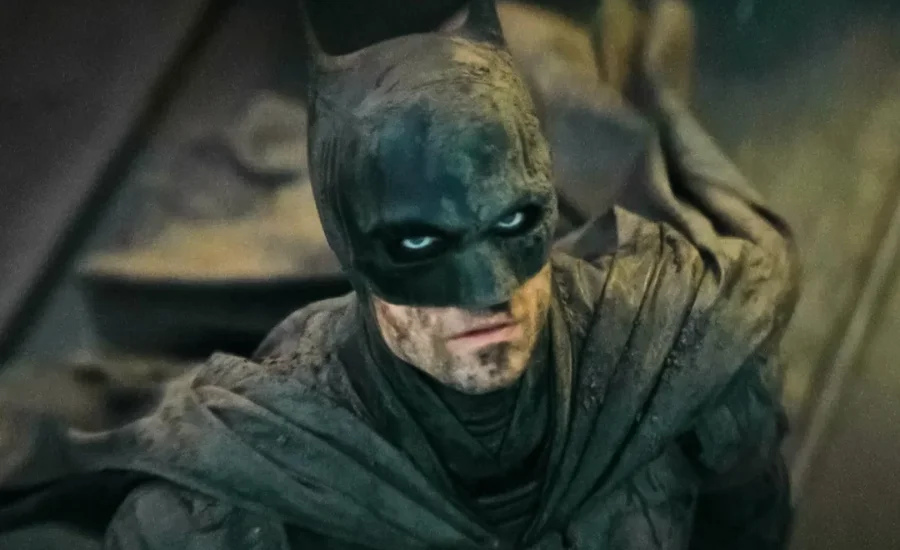
An important turning point in the history of comic books was reached when the Batman logo first appeared in Detective Comics #27 in 1939. Batman was first shown as a fearsome and enigmatic character committed to battling crime in Gotham City. He was created by writer Bill Finger and illustrator Bob Kane. The initial logo had a black bat on a yellow background, which was a straightforward yet eye-catching design.This emblem perfectly captured Batman’s essence as a shadowy avenger.
The character’s identity was greatly influenced by the initial Batman logo design. It represented Batman’s dual nature as a beacon of justice for the defenseless and a symbol of terror for criminals, portraying a mixture of menace and heroism. Logo:gqlysettlo4= Batman The emblem became a key component of Batman’s branding as his fame increased, representing the duality of heroism and fear that characterizes the Dark Knight.
Understanding Batman and His Iconic Emblem
Understanding the essence of the character the Batman logo depicts is essential to understanding the emblem’s evolution. The renowned superhero Batman, also known as Bruce Wayne, was created by writer Bill Finger and illustrator Bob Kane. As a watchful protector of Gotham City, Batman takes on a variety of infamous criminals by using his keen mind, superb martial arts skills, and vast resources.
Logo:gqlysettlo4= Batman Logo:gqlysettlo4= Batmanbeginnings are rife with sorrow and resiliency. Bruce Wayne, who was a young witness to his parents’ horrific death, swears to rid Gotham City of crime and corruption. Taking on the persona of Batman, he transforms into a figure meant to strike dread in the hearts of those who do evil, representing a never-ending quest for justice.
The Evolution of the Batman Emblem During the Golden Age
During the Golden Age of comic books, the Batman logo was essential in conveying the character’s enigmatic appeal. With its simple design and striking monochromatic color palette, this era’s logo was easily recognized and came to be associated with Batman’s character.
The Batman logo changed along with the legends about the character and the comic book art.
The emblem adapted to reflect the changing tones and graphic trends of the time, becoming increasingly stylized while maintaining its core identity. This adaptability ensured that the logo remained fresh and relevant, reinforcing its status as an enduring symbol of the Dark Knight.
The Enduring Legacy of the Logo:gqlysettlo4= Batman
Logo:gqlysettlo4= Batman mythology has grown over the years into a multifaceted web of tales, personas, and ideas. Many mediums have reinvented this legendary superhero, including video games, television, comic books, and movies. Every adaptation presents a different perspective on Batman and his world, which is frequently mirrored in the Batman logo’s changing appearance.
Beyond just being entertaining, Batman has gained worldwide traction as a representation of justice and resiliency. Originally a comic book symbol, the Batman logo has evolved into a globally recognized representation of strength and bravery. Its continued relevance as a symbol of hope and perseverance rather than merely a visual mark is highlighted by its lasting presence in popular culture.
The Evolution of the Batman Logo Across Television Adaptations
The Batman logo has undergone notable transformations throughout the character’s various television adaptations, each reflecting the distinct tone and style of its series.
1960s Batman Series
In the 1960s, the iconic Batman TV series starring Adam West introduced a logo that became emblematic of its time. Featuring a black bat silhouette against a yellow oval background, this design was both simple and effective, perfectly capturing the playful and campy spirit of the show.
Batman: The Animated Series
The 1990s saw a dramatic shift with Batman: The Animated Series, which brought a more sophisticated and stylized approach to the Batman logo. Abandoning the yellow oval, the series showcased a sleek, black bat emblem that complemented the darker and more mature themes of the show, redefining the visual identity of Batman for a new generation.
Other Animated Adaptations
Other animated versions of the Batman, like Batman: The Brave and the Bold and The Batman, debuted their own versions of the logo after Batman: The Animated Series. The visual portrayal of the Dark Knight was further varied by the frequent incorporation of design elements that complemented the unique themes and aesthetics of the corresponding series.
Transformations of the Batman Logo During the Silver Age
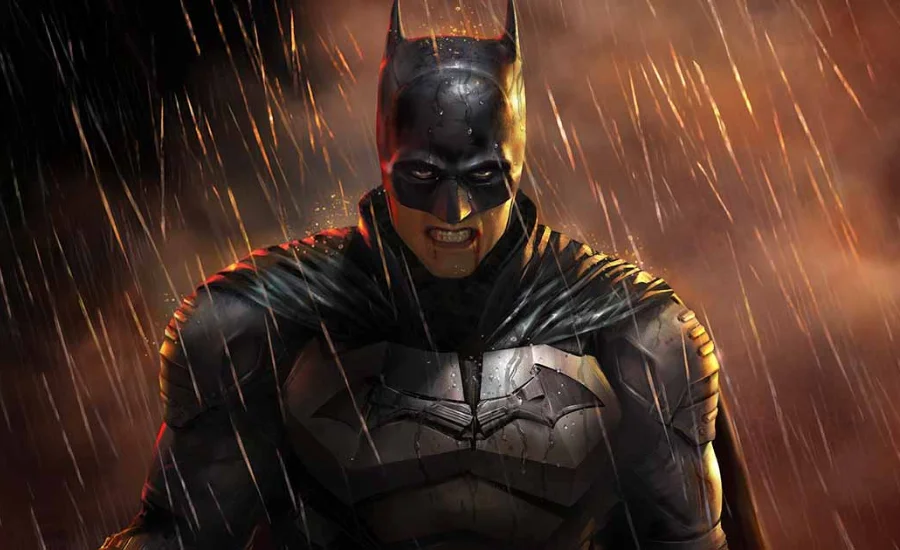
The Batman logo has undergone notable transformations throughout the character’s various television adaptations, each reflecting the distinct tone and style of its series.
1960s Batman Series
In the 1960s, the iconic Batman TV series starring Adam West introduced a logo that became emblematic of its time. Featuring a black bat silhouette against a yellow oval background, this design was both simple and effective, perfectly capturing the playful and campy spirit of the show.
Batman: The Animated Series
With Batman: The Animated Series, which introduced a more refined and stylized approach to the Batman emblem, the 1990s witnessed a significant change. The series replaced the yellow oval with a sleek, black bat logo that fit the show’s darker, more sophisticated themes. This redefined Batman’s visual identity for a new audience.
Other Animated Adaptations
Other animated versions of the Batman, like Batman: The Brave and the Bold and The Batman, debuted their own versions of the logo after Batman: The Animated Series. The visual portrayal of the Dark Knight was further varied by the frequent incorporation of design elements that complemented the unique themes and aesthetics of the corresponding series.
During the Silver Age of comics, the Batman logo underwent notable changes that reflected the evolving tone of the character. The introduction of the Batman television series in the 1960s brought a significant shift, infusing the logo with vibrant new elements. The addition of a yellow ellipse around the bat emblem introduced a burst of color that matched the show’s campy and playful style.
This period marked a departure from the darker themes of the Golden Age, as the logo adapted to appeal to a broader audience. The redesigned emblem effectively resonated with fans of all ages, demonstrating its versatility and solidifying its role as a key aspect of Batman’s visual identity. The evolution of the Batman logo during the Silver Age showcased its ability to remain relevant and engaging, irrespective of changes in the character’s portrayal.
Symbolism of the Batman Emblem: Meaning and Impact
Logo:gqlysettlo4= Batman which prominently displays the bat emblem, is a key component of the franchise’s identity and has great symbolic meaning. This logo represents Batman’s goal of protecting the defenseless while frightening criminals into submission. The bat embodies Batman’s dual selves as a fearsome vigilante and the protector of Gotham City, representing elements of mystery, terror, and protection.
Moreover, the bat emblem reflects Batman’s origin story and the tragedies that shaped his path. It signifies the darkness from which he emerged, utilizing fear as a weapon against those who prey on the vulnerable. The logo thus captures the essence of Batman’s journey and his relentless quest for justice, reinforcing his complex and compelling persona.
Evolution of the Batman Logo in Film: From Tim Burton to Recent Adaptations
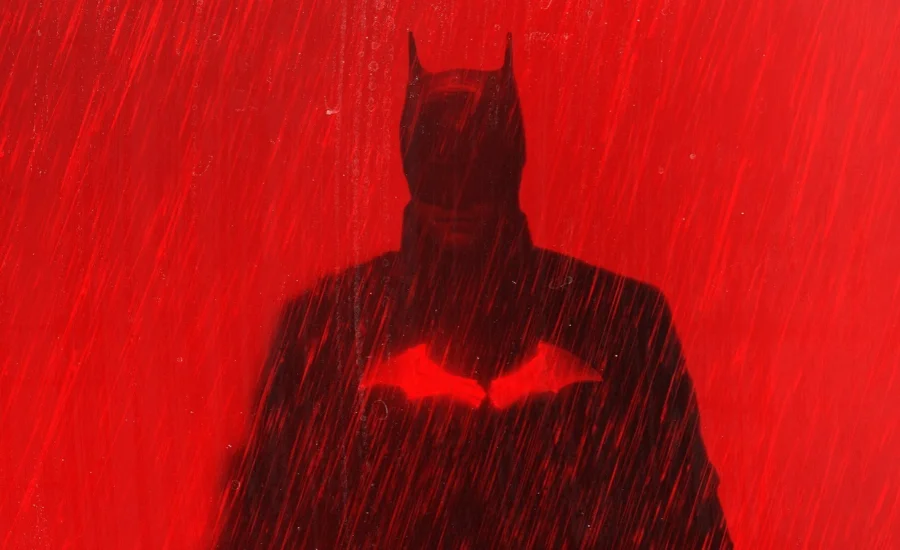
The Batman logo has undergone significant transformations across various film adaptations, each bringing a unique interpretation to this iconic symbol.
Batman, directed by Tim Burton 1989 The Batman logo underwent a notable transformation in Tim Burton’s 1989 picture, Batman, with an angular and extended design set against a yellow oval backdrop. This version gained rapid notoriety and influenced Batman’s visual portrayal for many years.
Christopher Nolan’s trilogy on the Dark Knight The Batman logo was interpreted in a more sober and realistic manner in Christopher Nolan’s Dark Knight trilogy. The logo for these movies was created to resemble functional body armor, in keeping with the brutal, realistic treatment of the Batman story in the trilogy.
Recent Film Adaptations In more recent films such as Batman v Superman: Dawn of Justice and The Batman, the logo has continued to evolve. These designs feature subtle modifications that reflect the unique vision of Batman in each film. For instance, Batman v Superman showcased a weathered appearance, while The Batman introduced a more angular, weapon-like look, emphasizing the character’s evolving portrayal in contemporary cinema.
The Significance of the Yellow Oval in the Batman Logo
The yellow oval that often accompanies the Batman logo carries significant symbolic meaning. Introduced during the Silver Age of comics, this element is more than just a design choice—it represents Batman’s legacy and his connections to the broader Bat-Family. This oval serves as a visual emblem linking Batman with his allies, emphasizing their shared mission and values.
The inclusion of the yellow oval also underscores the continuity within the Batman universe. It connects various eras of the character’s history, marking key moments in Batman’s evolution while reinforcing the emblem’s ongoing relevance. This design element not only highlights Batman’s personal journey but also strengthens his association with the wider network of characters who support his fight for justice.
Final Words
Since its release, the Batman logo has changed a lot to reflect both the character’s development and the shifting field of comic book art. From its humble beginnings as a black bat shape to its numerous incarnations in movies, TV shows, and other media, the logo continues to be a potent representation of Batman’s persona and purpose.
Whether it is simplified for a more contemporary appearance or embellished with a yellow oval, each iteration of the logo depicts a distinct aspect of Batman’s persona, ranging from his campy early years to his darker, more nuanced interpretations. This emblem’s versatility emphasizes how important it is to symbolize not just a superhero but also a cultural figure whose influence goes well beyond comic book pages.
The emblem will surely change more as Batman inspires new generations through a variety of mediums, but its central meaning—embodying justice, resiliency, and the struggle against evil—will never change. The Batman logo is a symbol of the lasting impact and legacy of one of the most recognizable characters in popular culture, not just a simple visual mark.
For More Information Check This Brain Rusher
